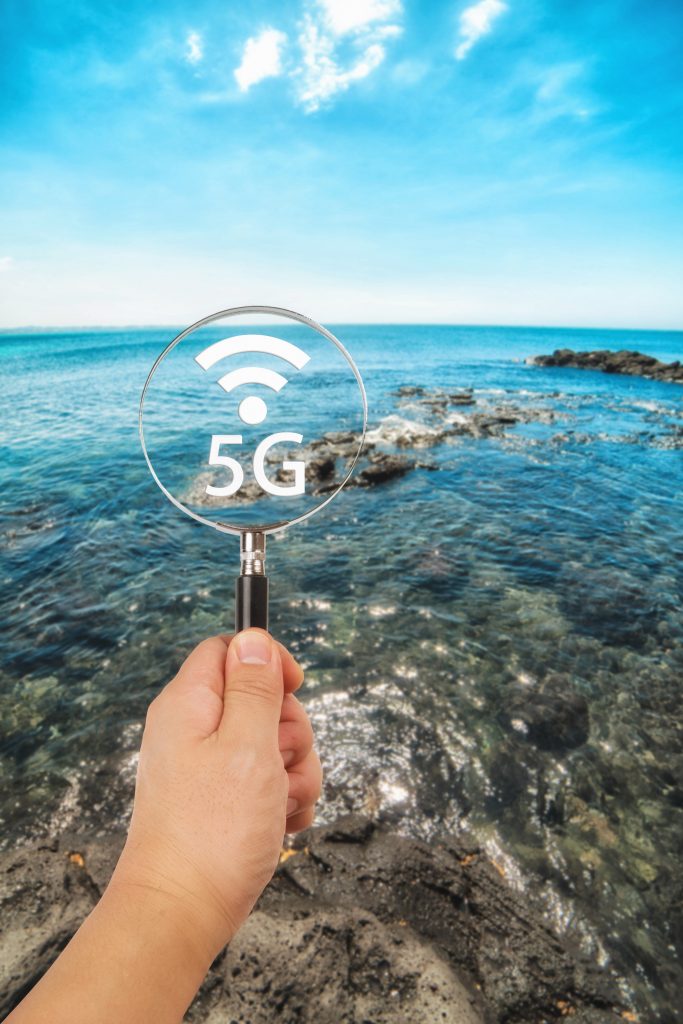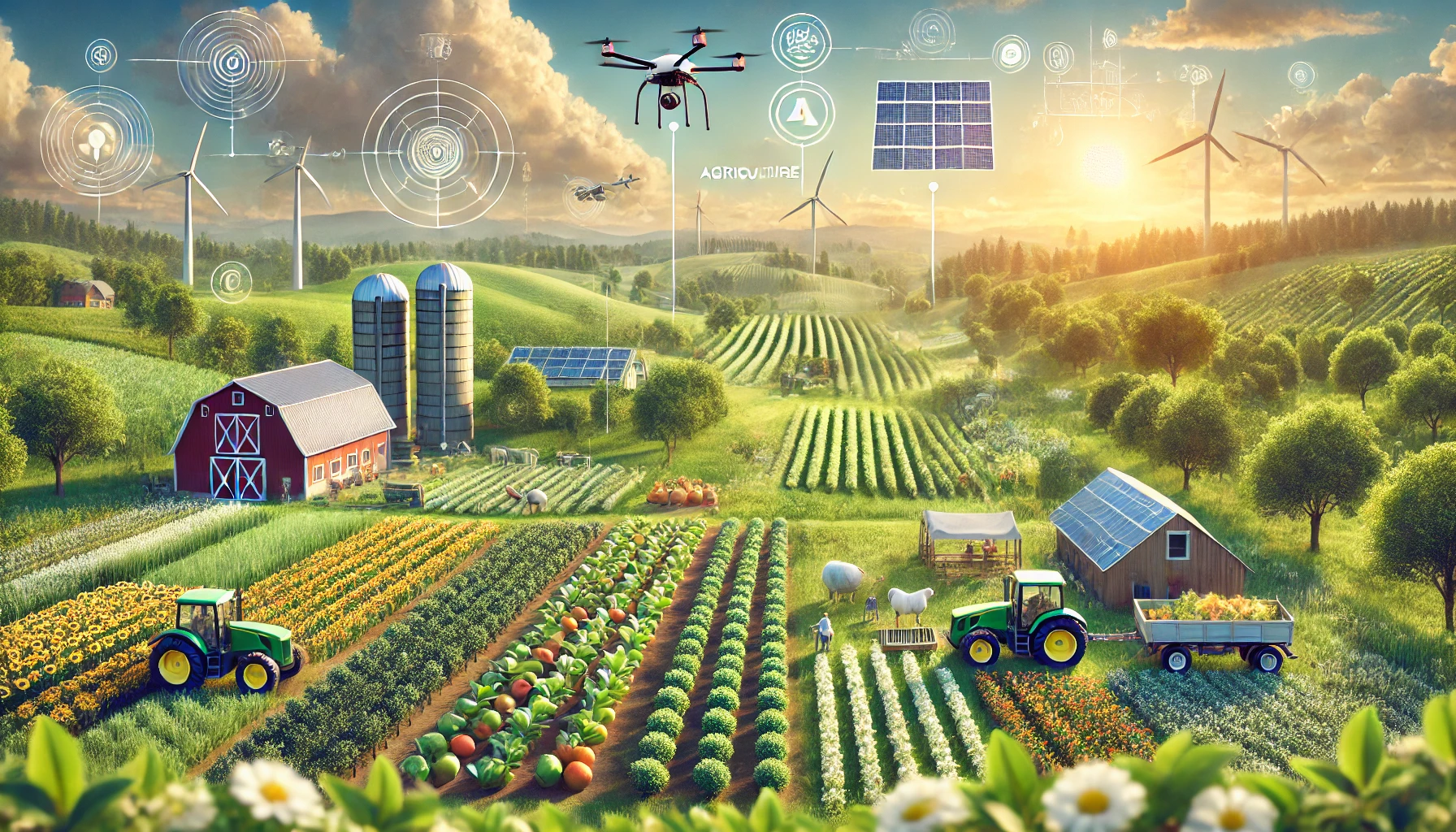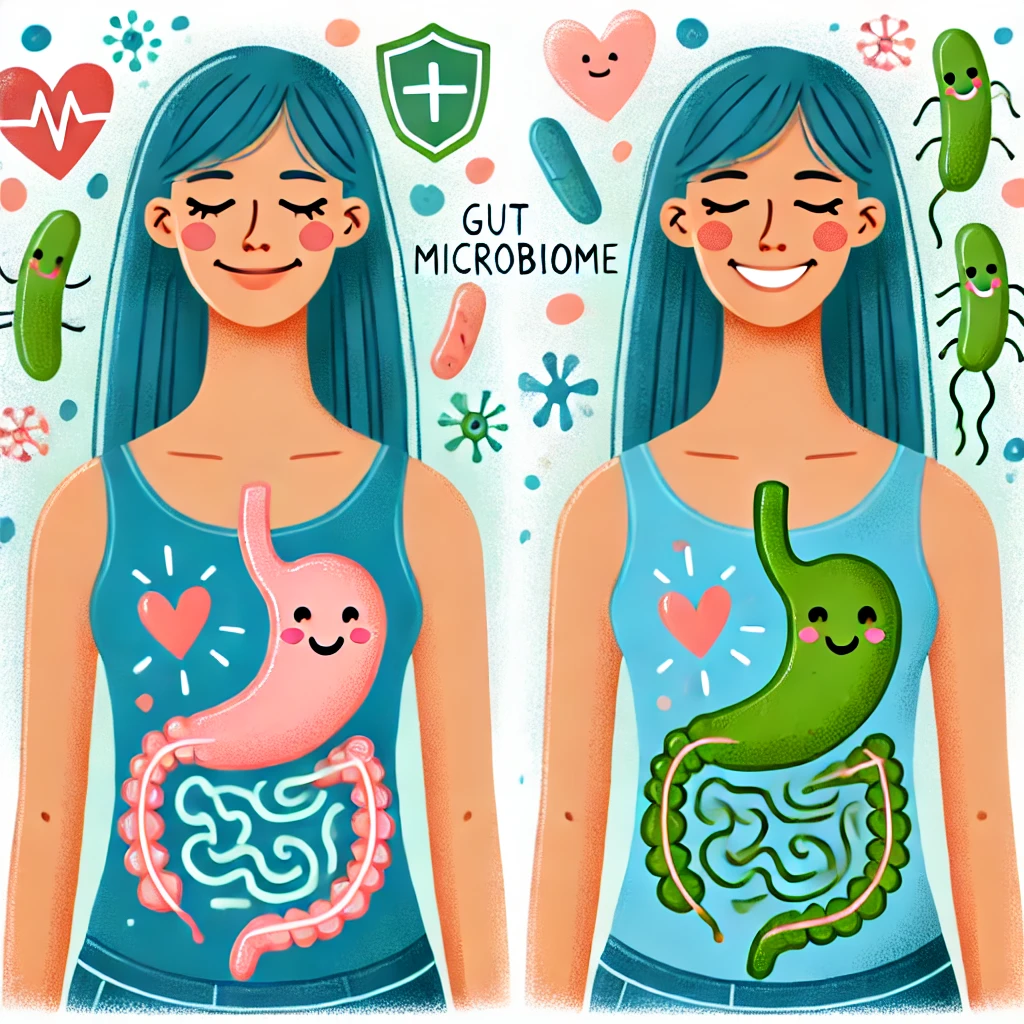
Is 5G The Answer?
What Is 5G Wireless?
Wireless communication is not new. We have used drums, bells, smoke and more to communicate across distances without wires for centuries. Over a century ago, Marconi used radio waves to transmit Morse code several kilometers. Even our use of radio waves is not new.
Over time wireless technology became more mobile as it evolved to 5G. The apparatus Marconi required to transmit his first signals gave way to the first mobile phone in the 1970’s. Most consider the First Generation (1G) of wireless networks those in the 1980’s to support mobile phones. Those 1G networks only supported voice. That was OK because the phones only supplied voice.
The 1990’s witnessed a movement to digital technologies for wireless networks. This Second Generation (2G) now supported more than just voice. Phones could send and receive data as well as voice. Though the 2G networks were digital, they were also slow by today’s standards. People could only use basic low-bandwidth applications like email.
The Third Generation (3G) wireless network technologies arrived in the early 2000’s. The 3G technology was fast enough for people to use application that required more data. Email and voice gave way to web browsing and applications, video calls, streaming services and more.
There was an insatiable appetite for all these applications and services. Starting around 2010 carriers continued to build out their digital wireless networks with Fourth Generation (4G) technologies to support growing demand. The newer technologies underlying 4G supported faster and higher quality user experiences.
News feeds are now full of of press releases and articles (like this one) about the Fifth Generation of wireless technology, or 5G, and every other article seems to promise that 5G will fix the US health care system.
Will 5G Fix Healthcare?
Not likely. It’s not that 5G doesn’t hold promise. It certainly does. However, the root of the problem with the US “health care” system is not that it is too expensive (though it is terribly so) or that it is inefficient (also true) or insecure (amazingly true). The problem is that the system is still a “sick care” system that was built to address horrific infectious diseases and trauma, the leading causes of death in the early 1900’s.
Noncommunicable diseases like heart disease or diabetes are now the leading causes of death. This is not just in the US but worldwide. In fact, the World Health Organization has made this a centerpiece of its policy. A few statistics of particular interest:
- Noncommunicable diseases (NCDs) kill 41 million people each year, equivalent to 71% of all deaths globally.
- Each year, 15 million people die from a NCD between the ages of 30 and 69 years; over 85% of these “premature” deaths occur in low- and middle-income countries.
- Cardiovascular diseases account for most NCD deaths, or 17.9 million people annually, followed by cancers (9.0 million), respiratory diseases (3.9million), and diabetes (1.6 million).
- These 4 groups of diseases account for over 80% of all premature NCD deaths.
5G will not make people feel more secure in their jobs. The separation anxiety high schoolers already feel when relieved of their 4G smartphones will not get better with 5G. Electronic Health Records (EHR) systems are notoriously unpopular with physicians and nurses. 5G will likely not fix that. Consumers are already concerned about hackers and tech companies getting access to their protected health information. 5G will likely not fix that.
What Is The Answer For 5G And Wellbeing?
We can improve health and wellbeing in the US and around the world. 5G wireless technology has potential to help. For this to work, however, we must focus on one thing: prevent the preventable.
The numbers are astounding.
- According to the Centers for Disease Control and Prevention (CDC) chronic diseases are
- the leading causes of death
- leading drivers of our more than $3.5 TRILLION in annual health care costs
- More than half of those dollars are used to address just 5% of the population
- Eighty percent or more of those chronic conditions are preventable through better Lifestyle choices.
The US could have a happier, healthier population for less money. All we need to do is stop improving “sick care” and put resources toward improving health and wellbeing. Our health system must be equipped to promote healthy lifestyle changes like nutrition and mindfulness practices, address social determinants like housing, and value complementary therapies as well as rich traditional medicines like Traditional Oriental Medicine and Ayurveda. These efforts cannot wait for a patient to show up in a clinic but must happen in the workplace (not those cheesy wellness programs), homes and schools.
5G, like any technology, is only a tool. Whether we harness it for real change or not rests with us.
Note: There are potentially electro-magnetic dangers from 5G itself. This article does not address these but we have highlighted several books on the subject.
Additional Health & Wellbeing Articles
Search or Browse HealthCare Too‘s articles!
- All
- Acupuncture
- Aging
- Animal Health
- Aromatherapy
- Ayurveda
- Cancer
- Chronic Disease
- Diabetes
- Environment
- Essential Oils
- Financial Health
- Fitness
- Gut Health
- Health Consumer
- Heart Health
- Herbalism
- Holistic Programs
- Homeopathy
- Lifestyle
- Light Therapy
- Loneliness
- Massage
- Mental Health
- Mindfulness
- Music Therapy
- Nutrition
- Obesity
- Pain Management
- Pets
- Skincare
- Sleep
- Social
- Spirituality
- Stress
- Tai Chi
- Technology
- Telehealth
- Traditional Chinese Medicine
- Uncategorized
- Wellness and Wellbeing
- Women's Health
- Yoga






